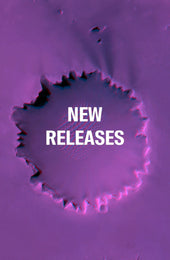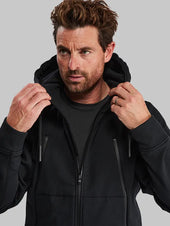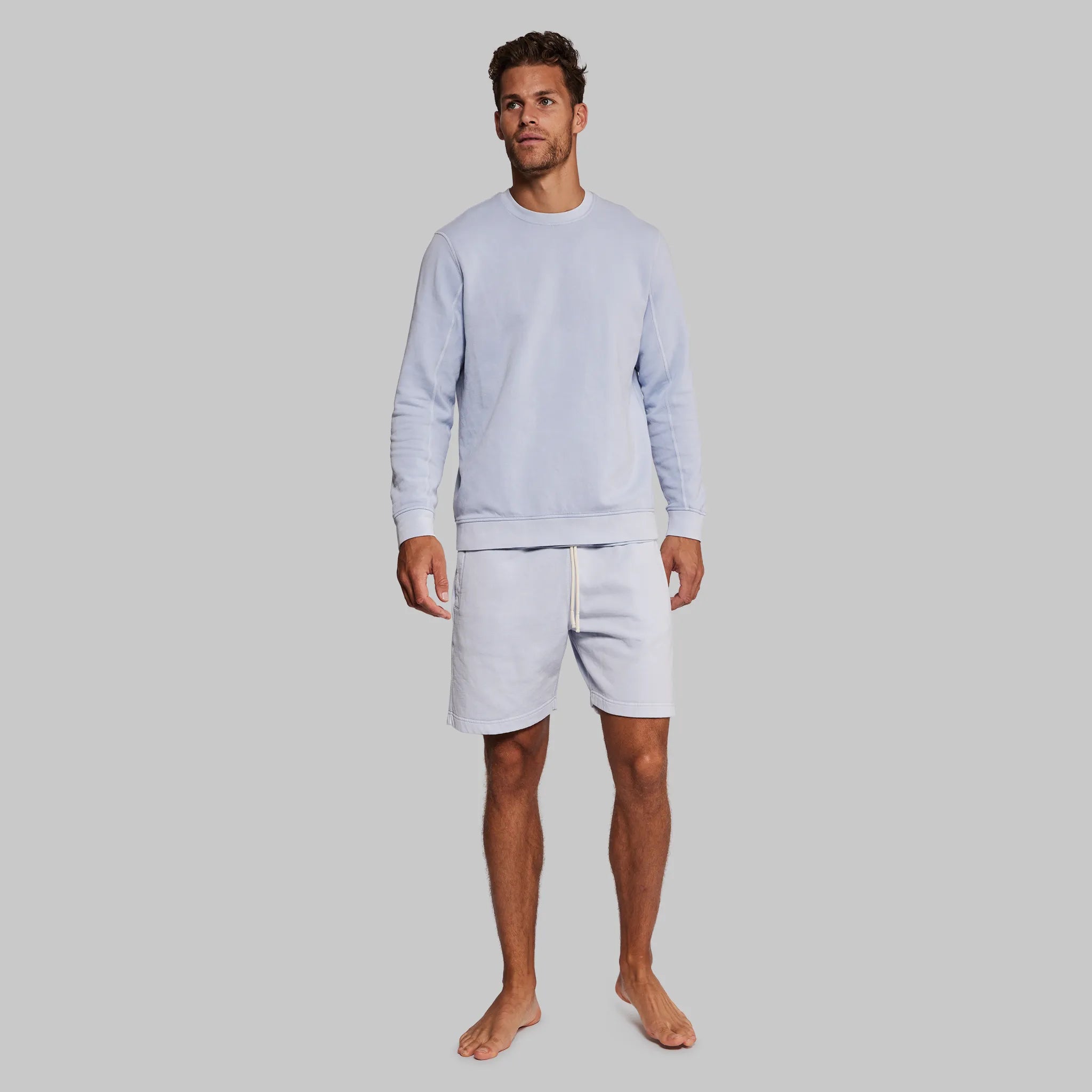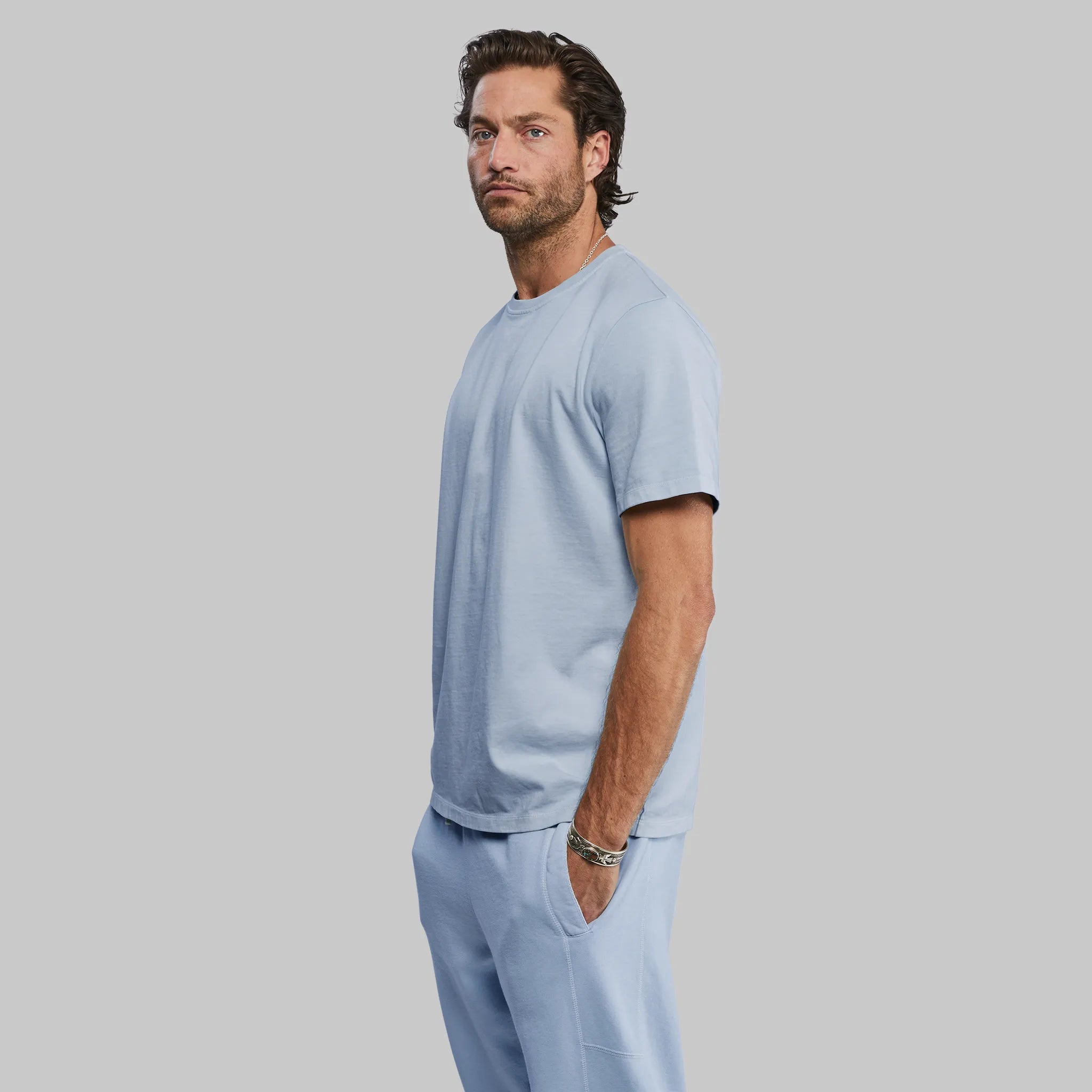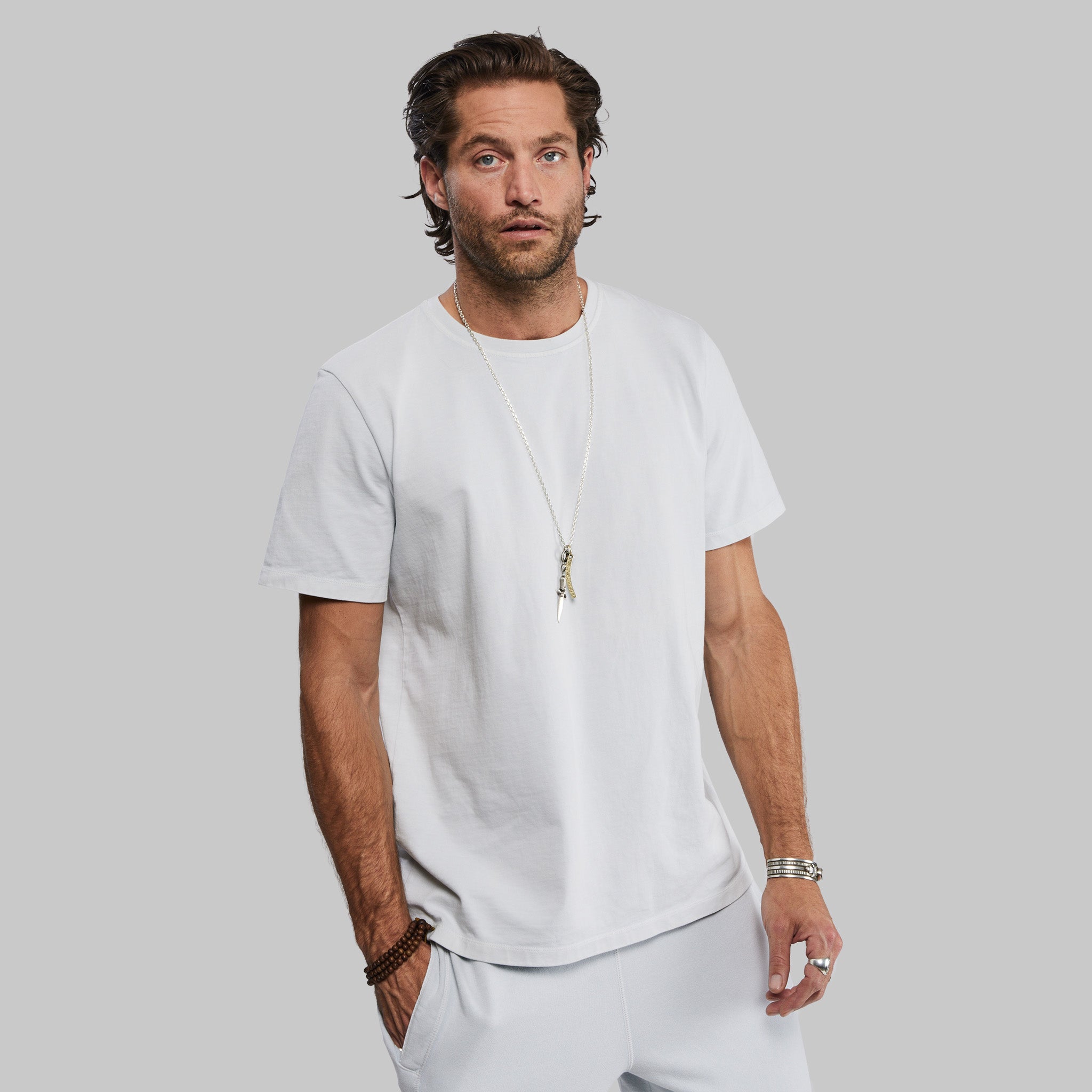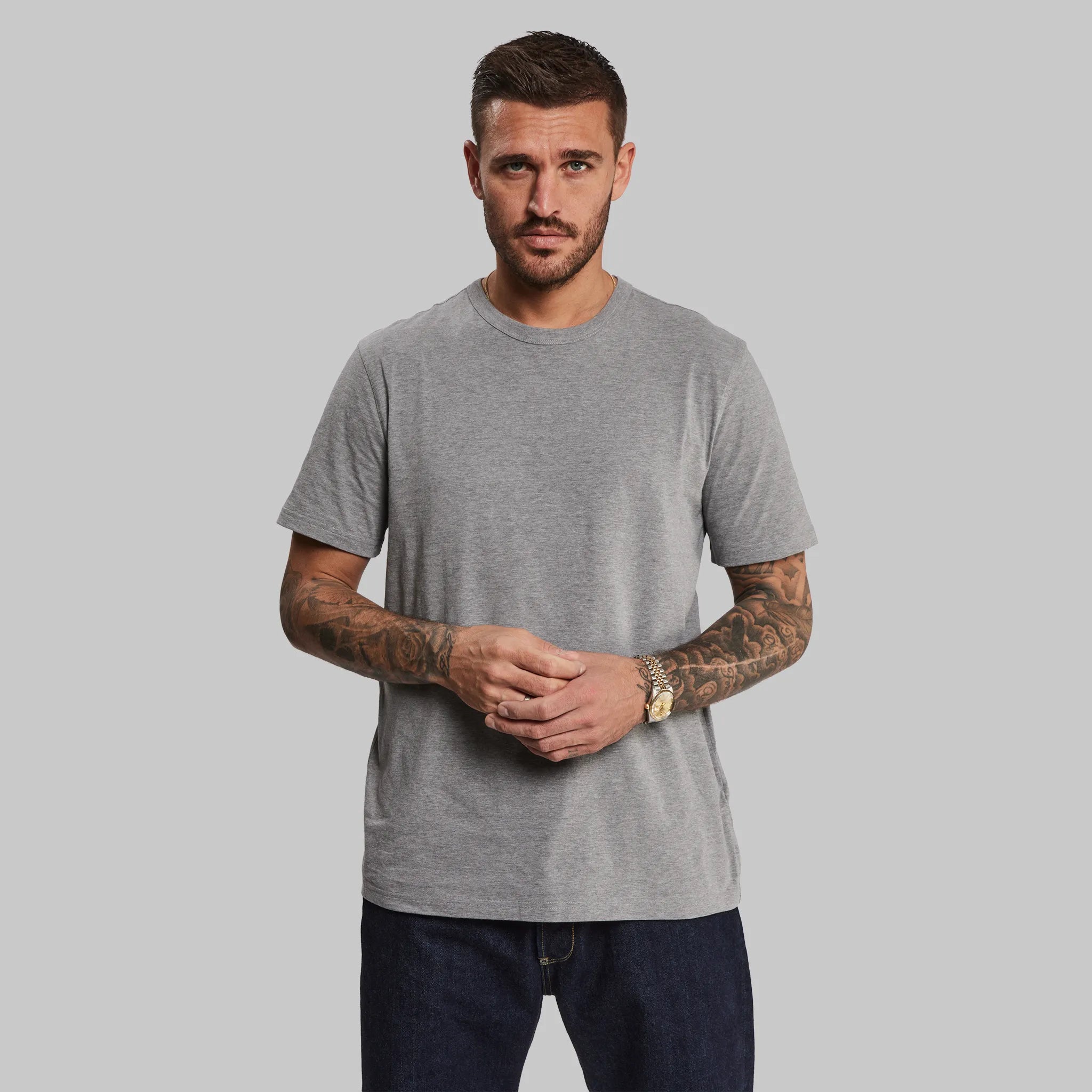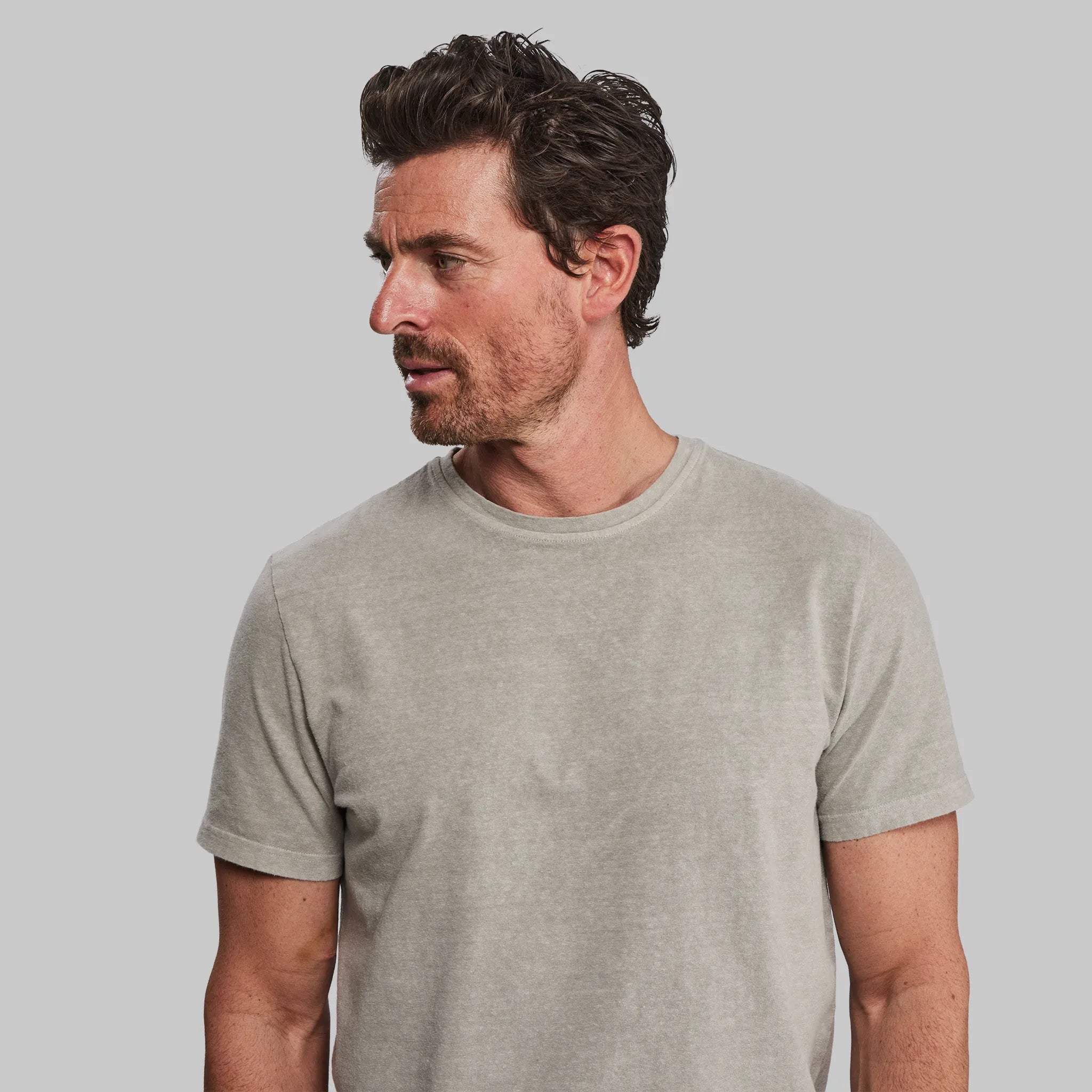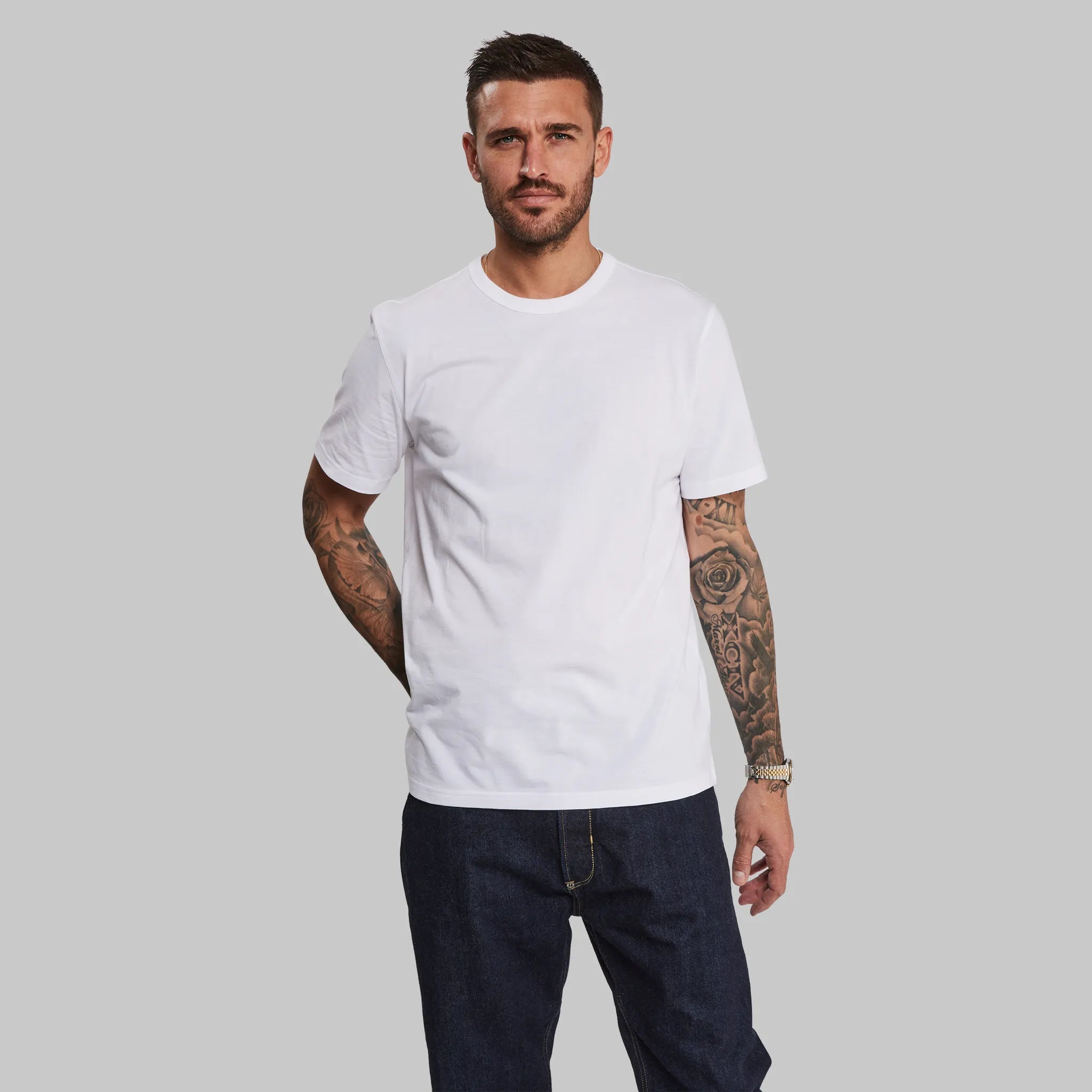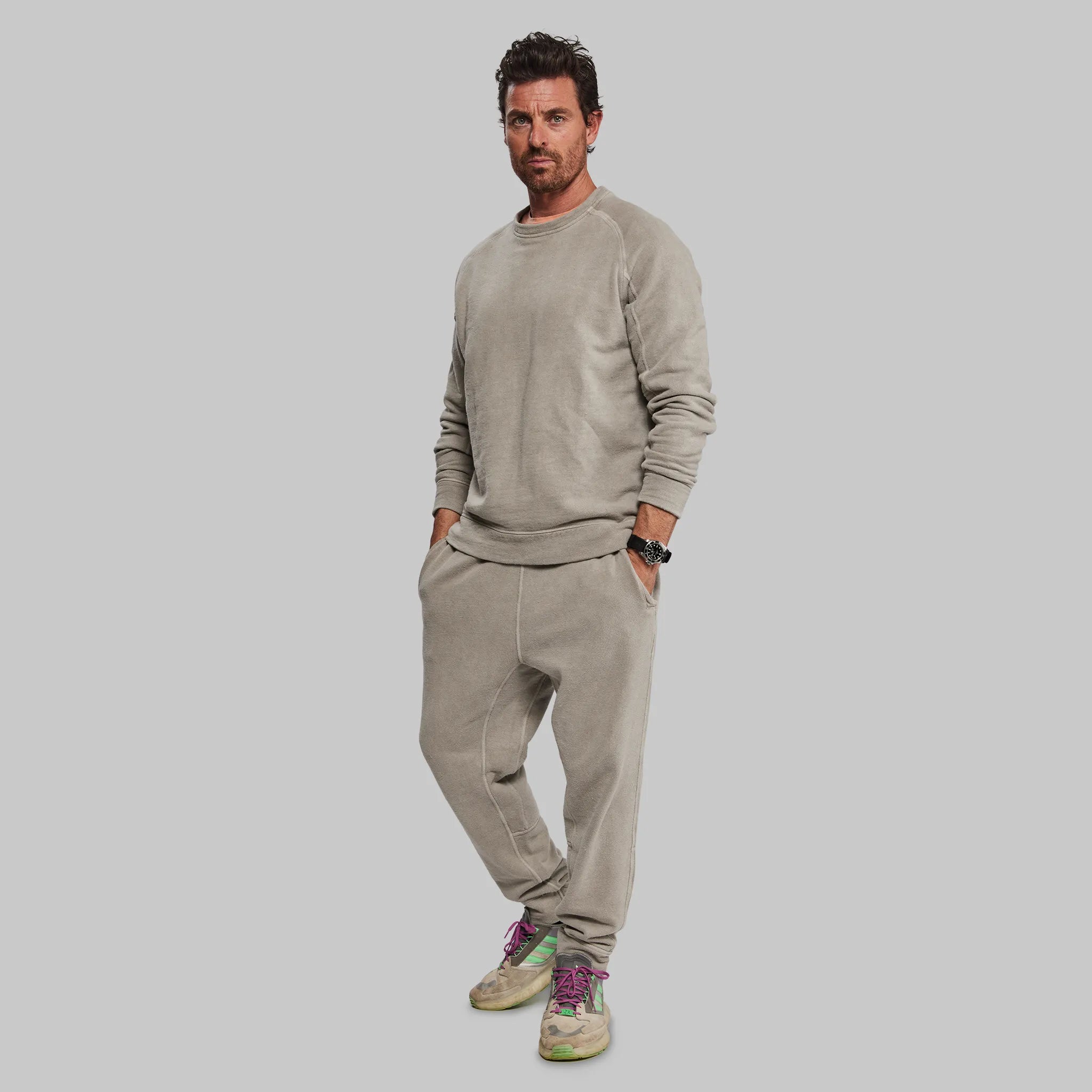DNA Hoodie
Dyed with the DNA of the indigo plant.
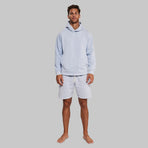
- Dye produced from DNA of the indigo plant
- Grown in a petri dish and fermentation machine
- Garment dyed for softness
If you’re wondering how to genetically engineer the colour blue, you access one of the world’s open-source biomolecular databases, select a protein enzyme found in the cells of the indigo plant, implant its DNA sequence into a self-replicating single bacterial cell, brew that bacteria like beer, then submerge the hoodie in the DNA soup we’ve brewed up. Just as the indigo plant produces different shades of colour in nature, it also produces different shades of colour on our clothing, so the specific blue colour of each piece will be a little bit different.
Technical Details
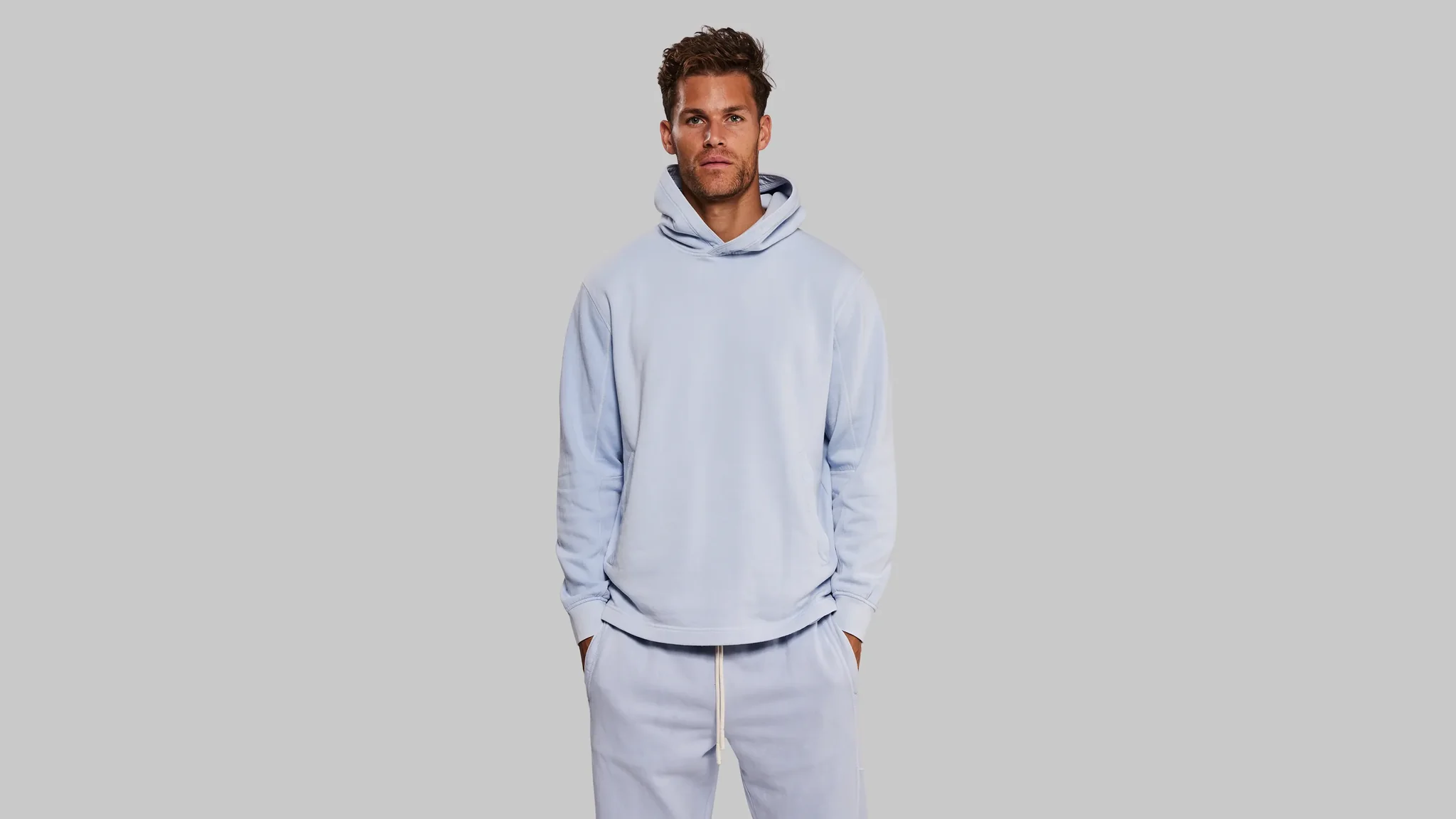
You’ve already got about 16 billion kilometres of DNA inside you. In case that’s not quite enough, you might like a DNA Hoodie.
A quick recap on what DNA is exactly
DNA is the biological molecule that contains the genetic code an organism needs to develop, survive and reproduce. It is found in most cells of every organism. The differences in DNA are why one person has blue eyes rather than brown, why giraffes have long necks and why you’ll find more than a thousand different varieties of mango in India. Every human cell contains around 6 feet of DNA. With around 10 trillion cells inside each human, that means each person has around 60 trillion feet, or 16 billion kilometres of DNA inside them.
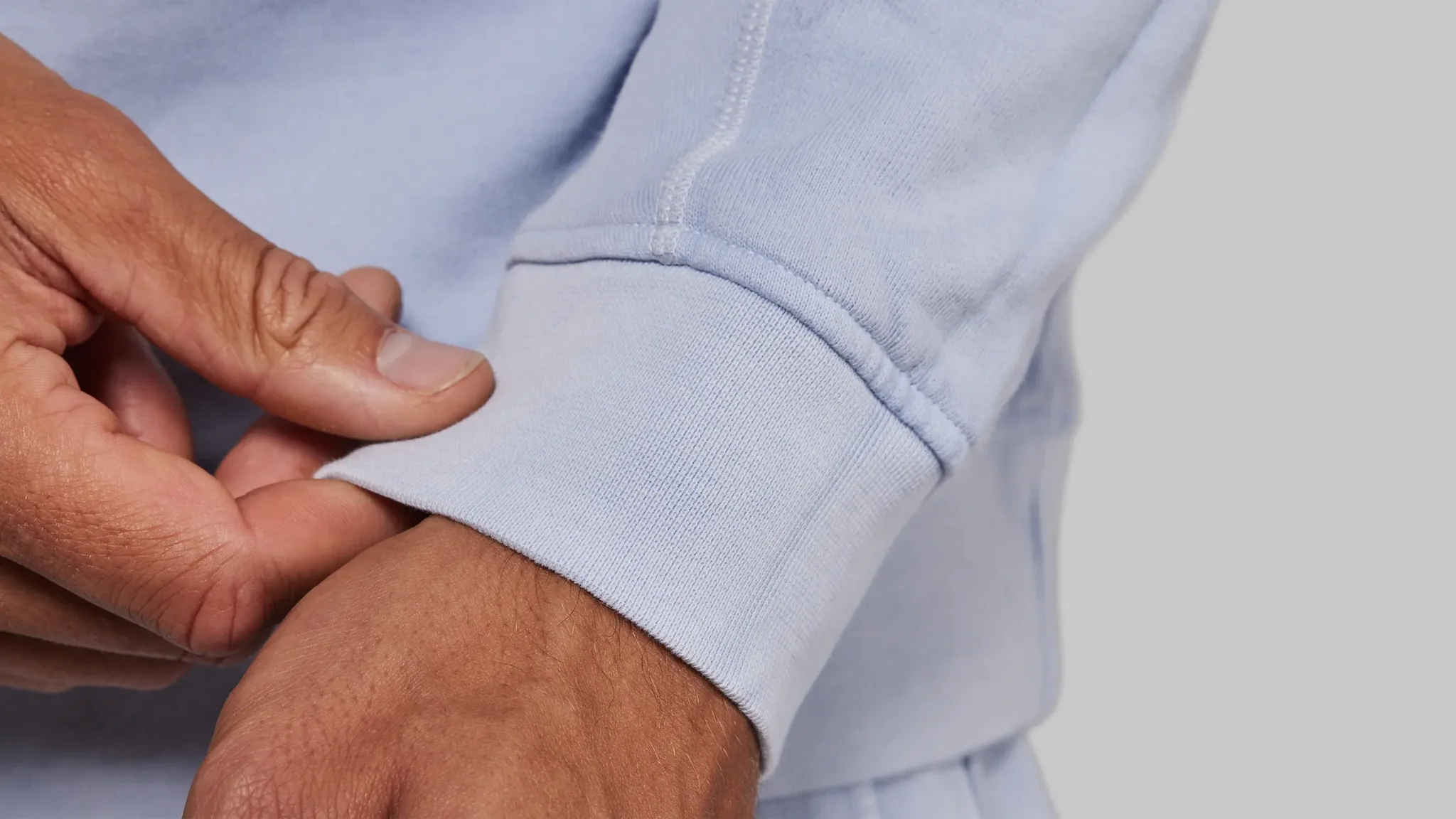
DNA doesn’t just make us, us. It also makes many of the colours we see in the natural world.
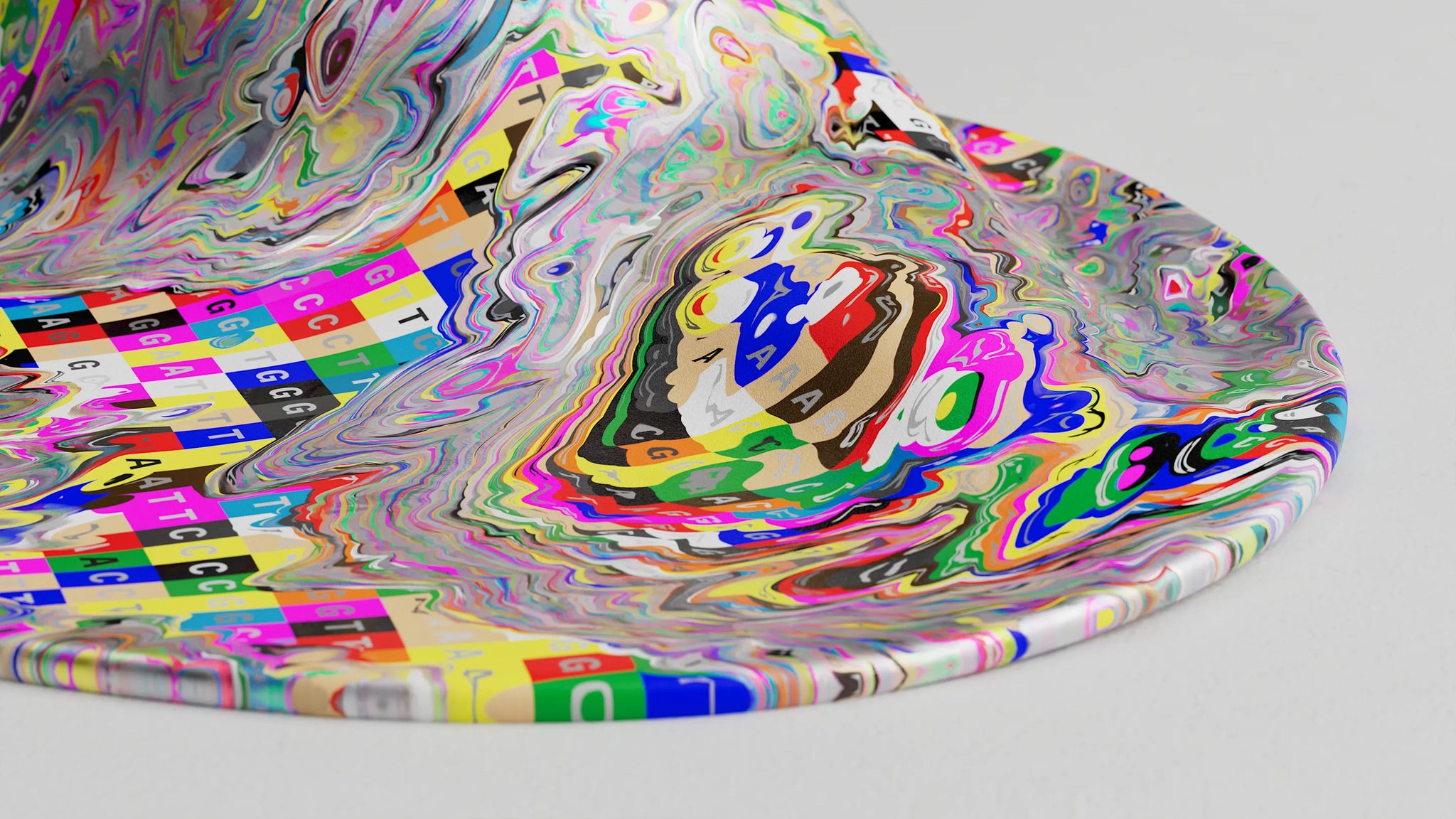

A step by step guide to making clothes with DNA
The first step is selecting the colour you want that exists in nature. Luckily you’ll find them in one of the world’s open-source biomolecular databases – like the Universal Protein Resource in Switzerland, or GenBank in Maryland which houses a collection of sequences for 300,000+ organisms. Starting life in the 1980s, today they look after sequences for species from around the world – from plants and animals, to insects and microbes – and their libraries are doubling roughly every 18 months.
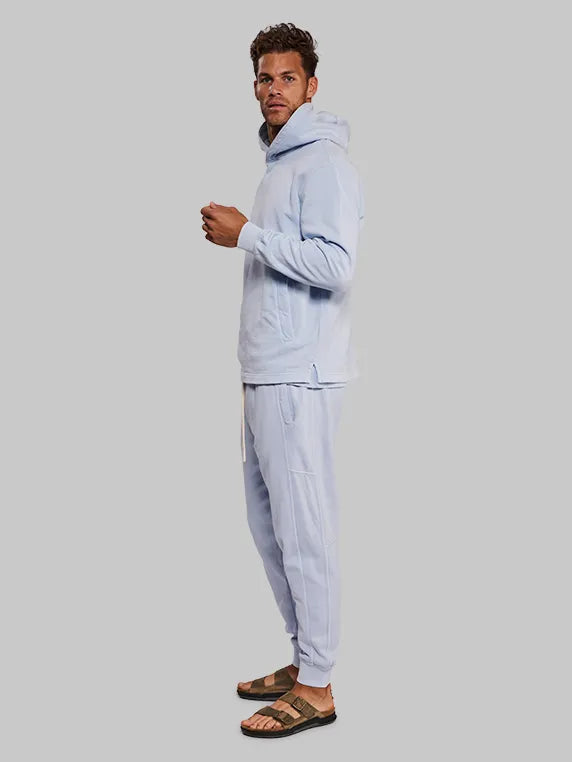
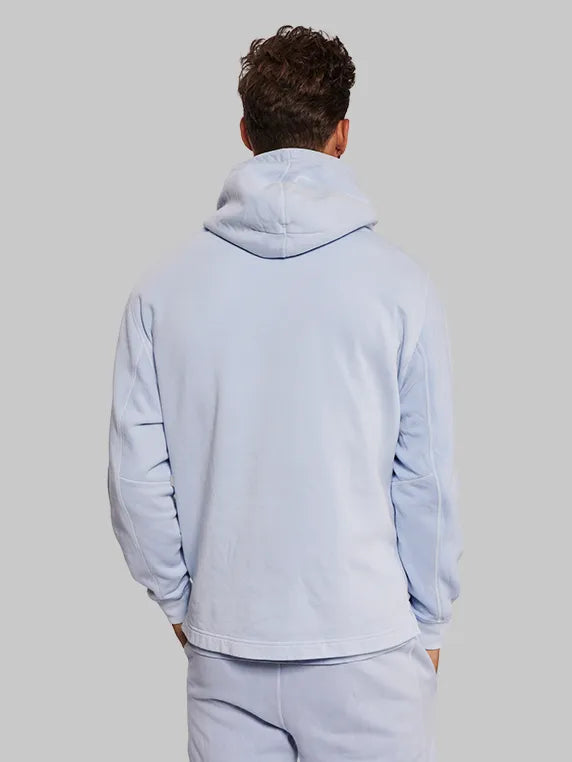
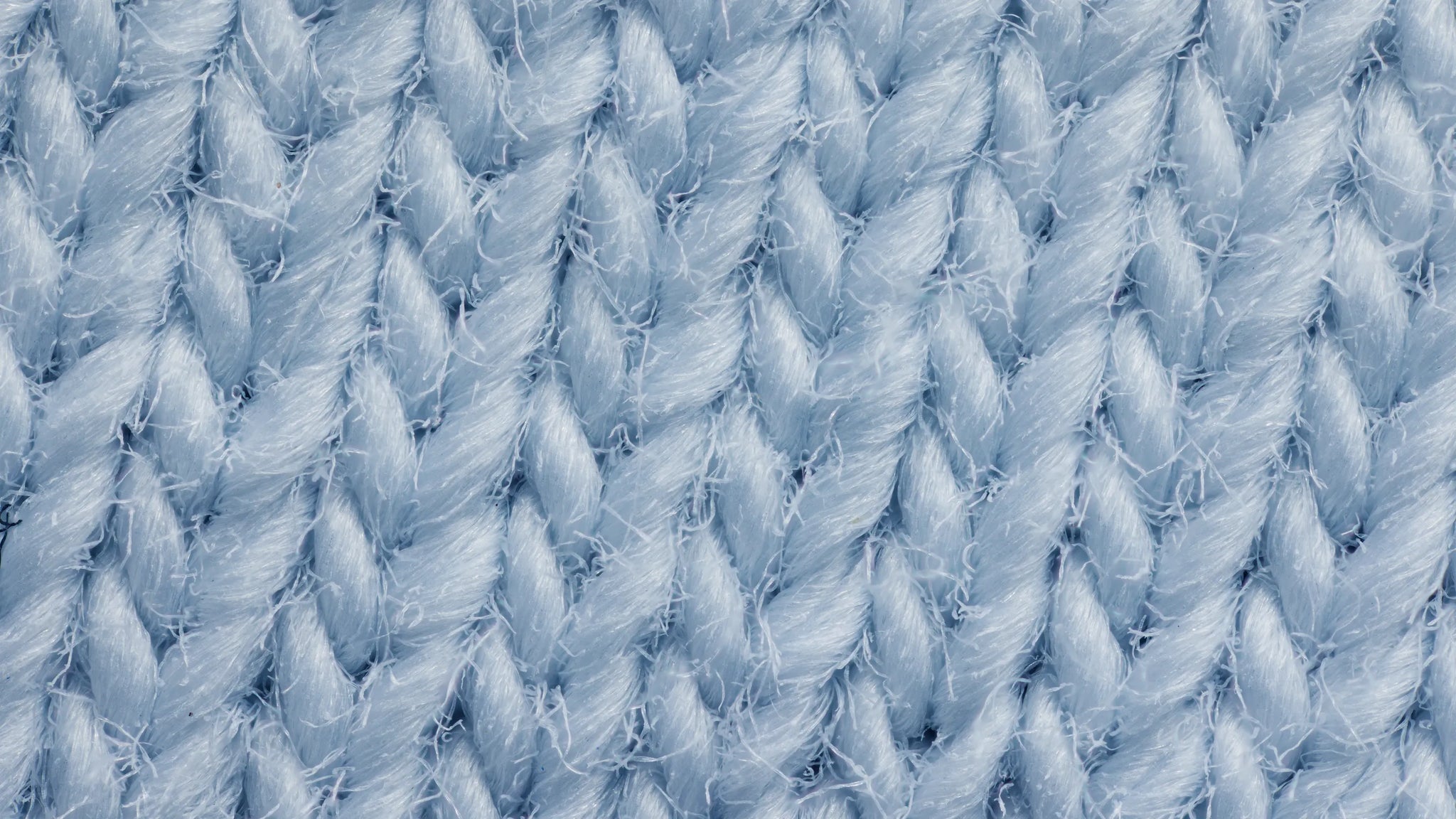
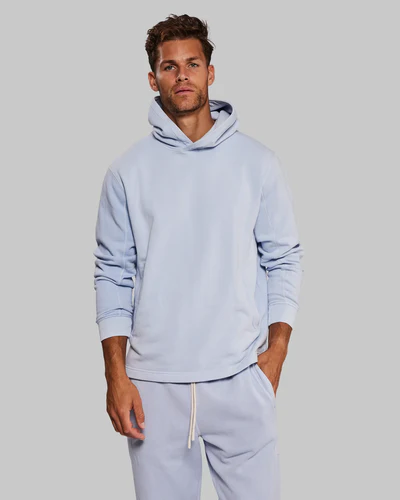
Implanting the DNA into a bacterial cell
Next comes the fun bit, as you’ll need to imagine a microbiologist with some rubber gloves, a microscope, and a big needle. Because we then implant the DNA sequence of the indigoid-producing enzyme into a microorganism – in this case it’s a single bacterial cell in a petri dish which self-replicates every 20 minutes. And as it replicates, it produces more and more indigo pigment.


From a petri dish to a high-tech brewery
To make enough colour to dye clothes we obviously need more than just a petri dish of indigo. So we send our genetically engineered microorganisms to RDD, a cutting-edge dyehouse in Portugal. Here they’re grown in the same way you’d brew beer – through fermentation. The cells are added to a fermentation machine with water, sugar, yeast and plant waste. The more you feed them, the more they grow. And by doubling every 20 minutes they quickly create enough liquid to start dyeing a hoodie.
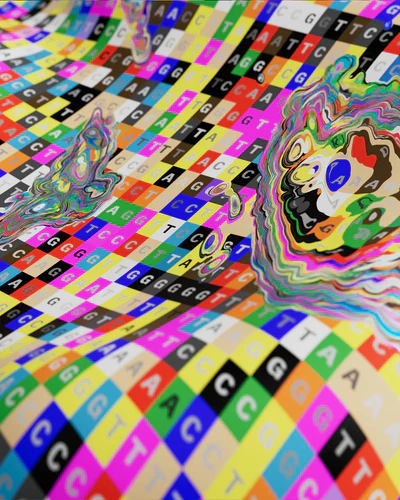
Dyed in a giant bath of DNA dye
To dye our DNA Hoodie, we submerge it in the bacterial soup we’ve brewed up. The bacteria latch onto the surface of the hoodie and release their pigment into the fibres of the material to colour it.
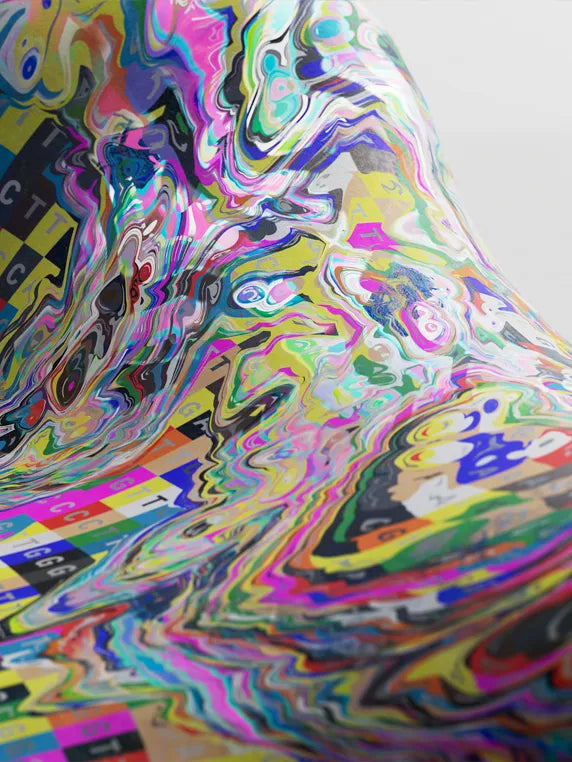
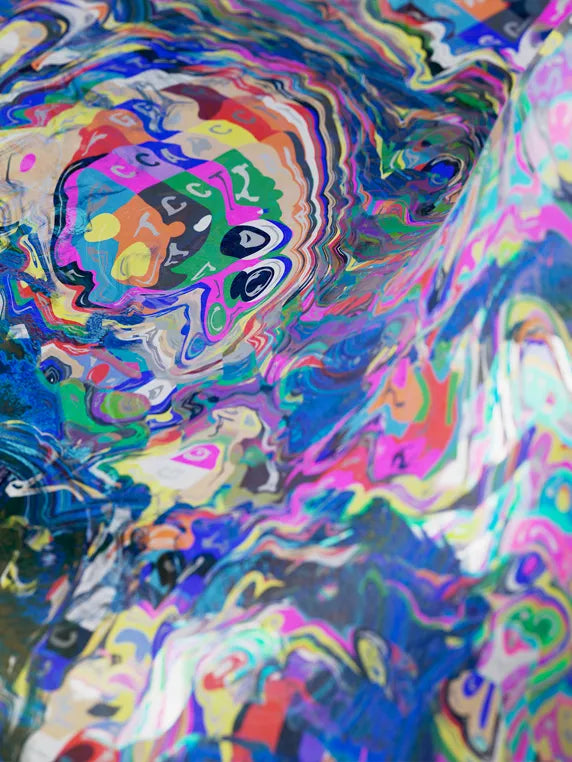
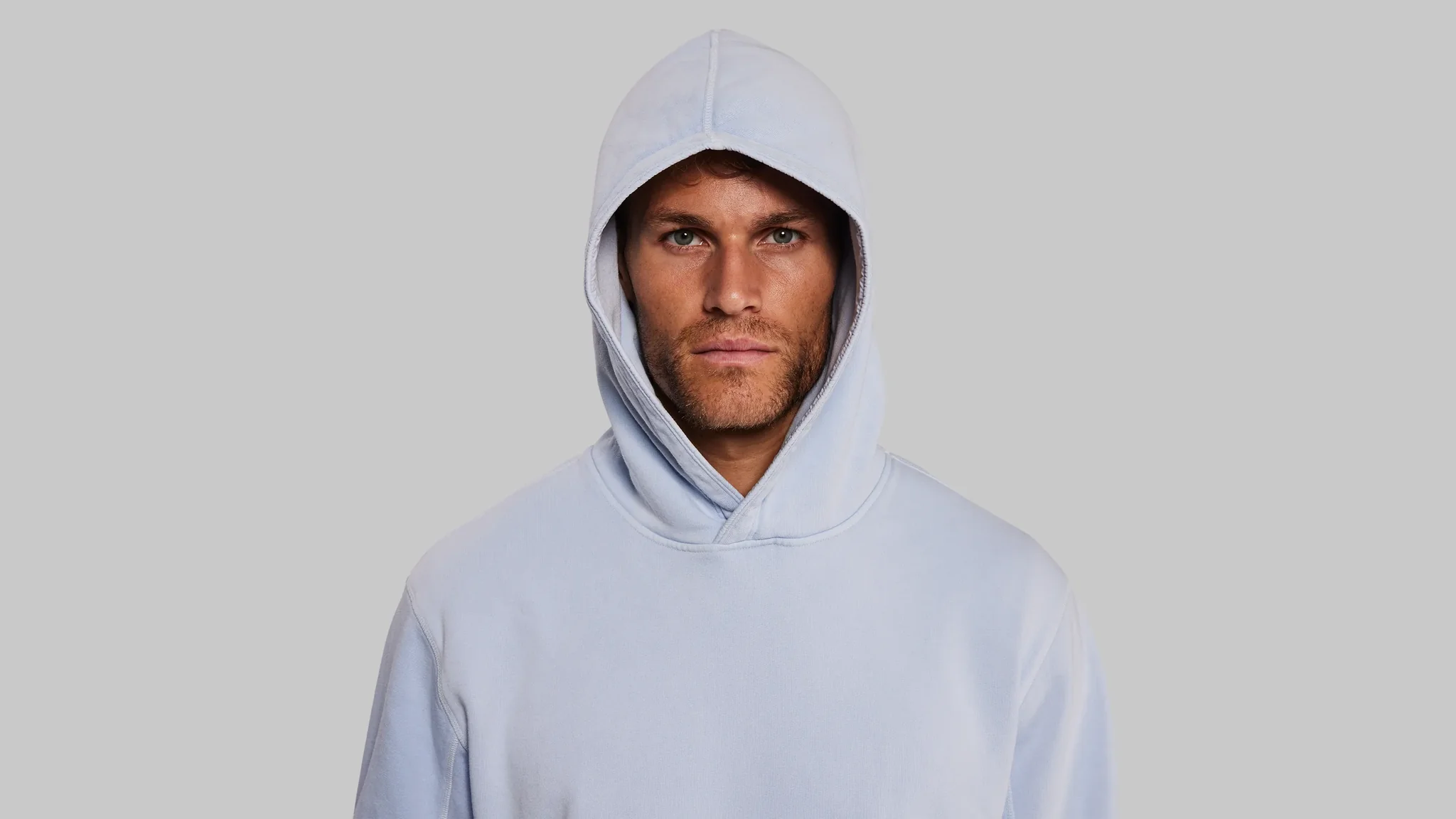
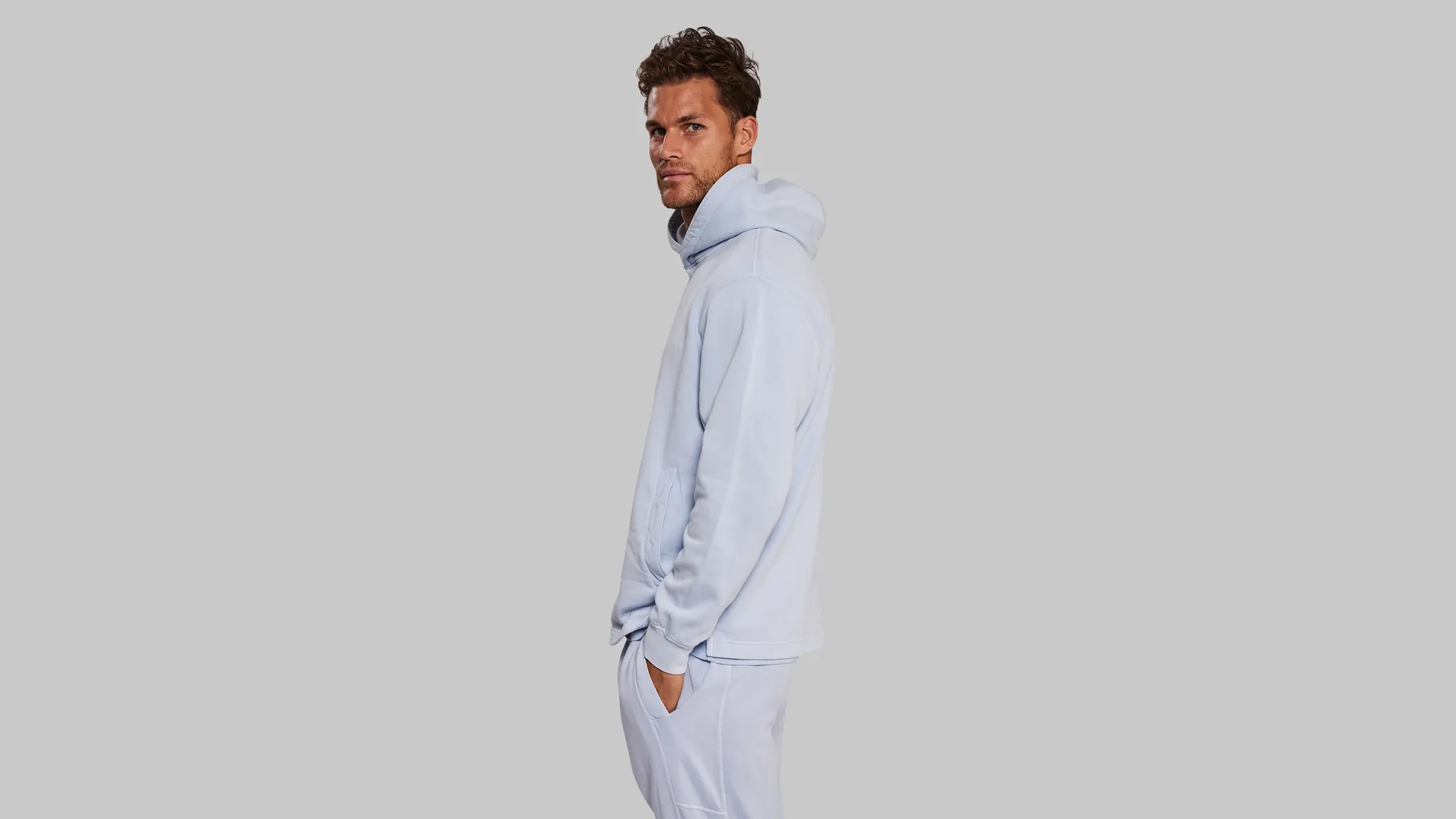
When we first started making clothing, the idea of getting to work with DNA was as improbable and far off as working with single layer graphene, vantablack, or kryptonite.
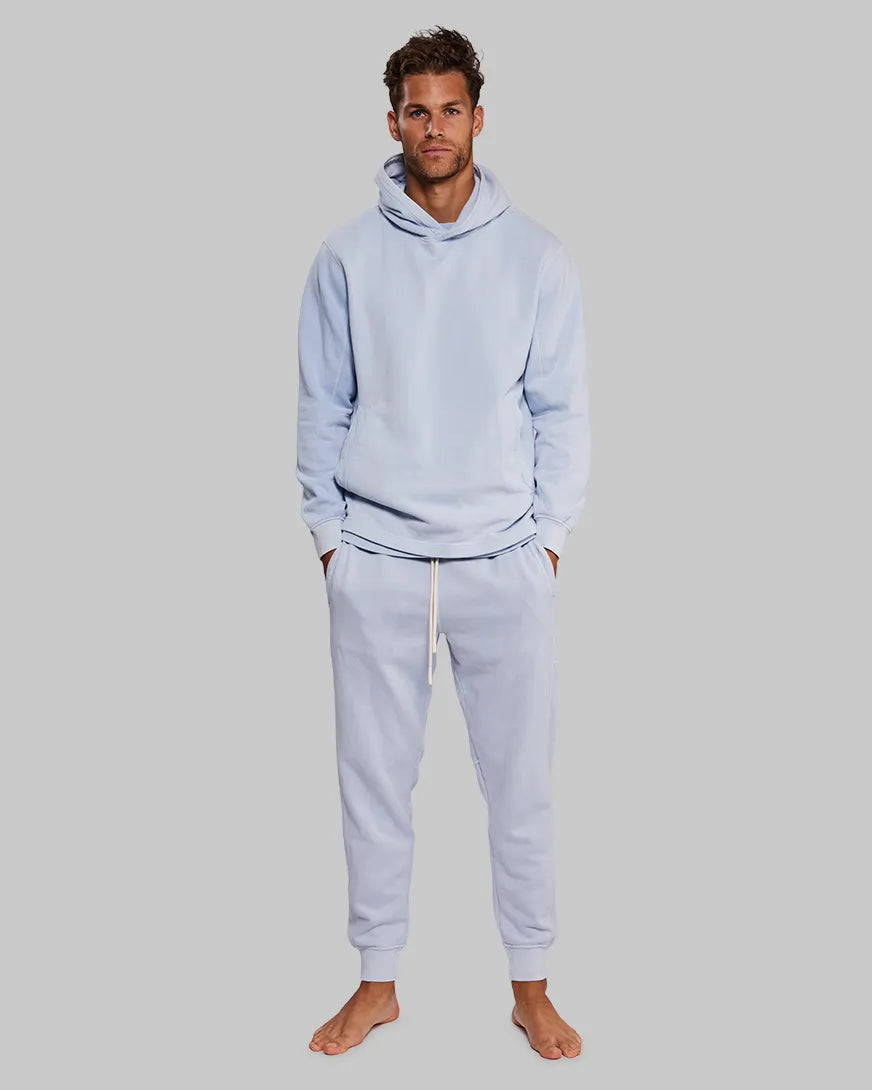
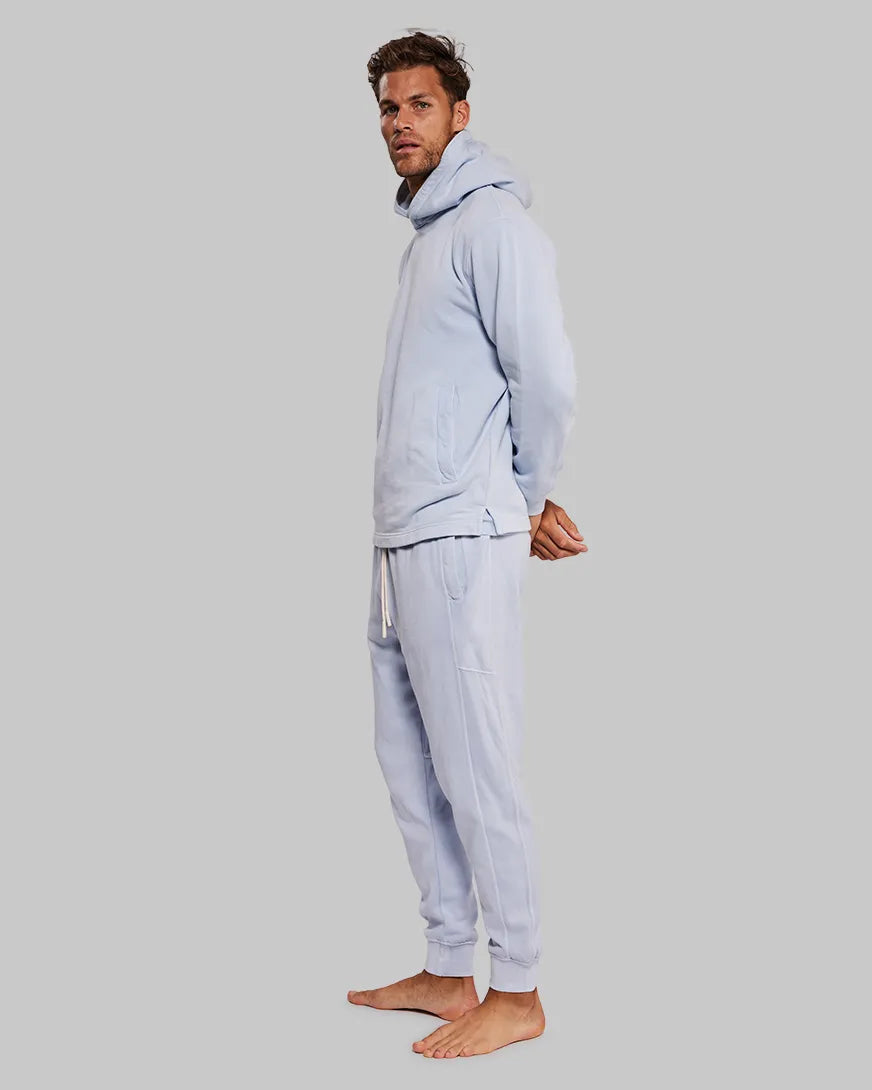
Size + Fit
The DNA Hoodie is designed with a regular fit.
| Size | XS | S | M | L | XL | XXL |
| Fits chest | 83 - 90 | 91 - 98 | 99 - 106 | 107 - 114 | 115 - 122 | 123 - 130 |
| Fits waist | 71 - 76 | 76 - 81 | 81 - 86 | 86 - 91 | 91 - 96 | 96 - 101 |
| Size | XS | S | M | L | XL | XXL |
| Fits chest | 33 - 36 | 36 - 39 | 39 - 42 | 42 - 45 | 45 - 48 | 48 - 51 |
| Fits waist | 28 - 30 | 30 - 32 | 32 - 34 | 34 - 36 | 36 - 38 | 38 - 40 |
